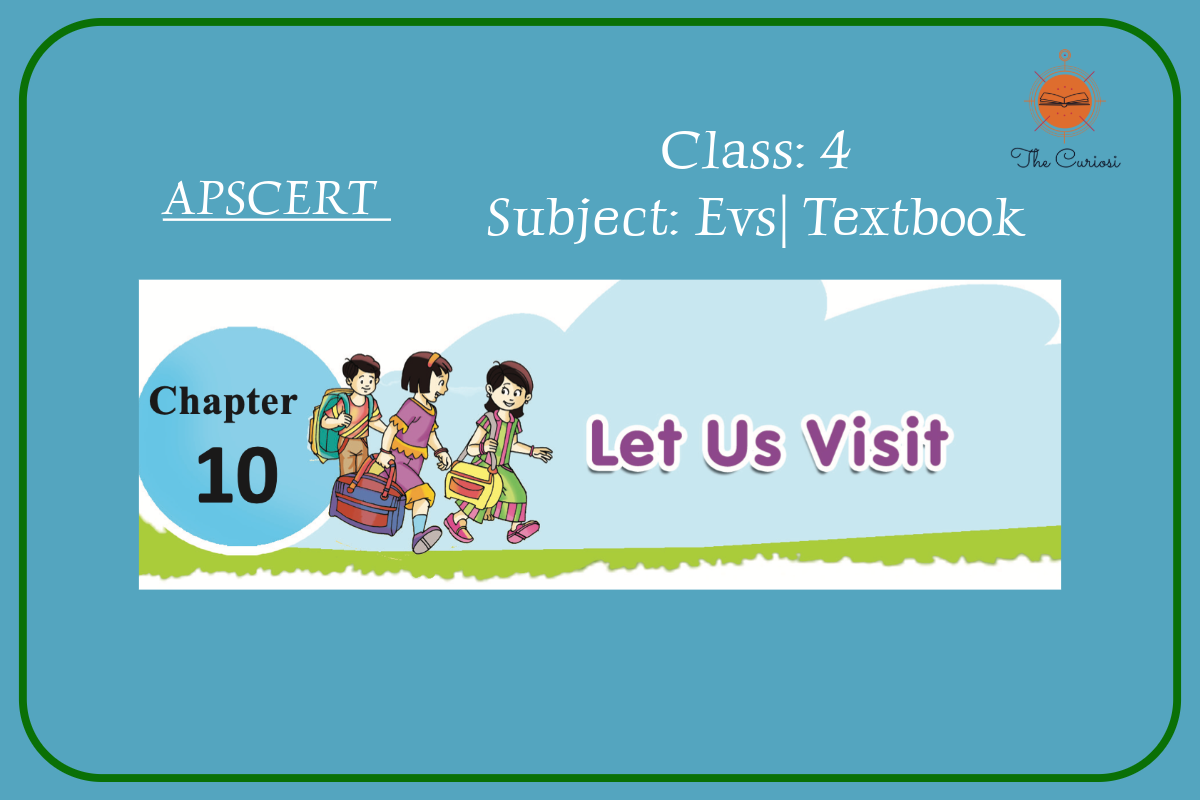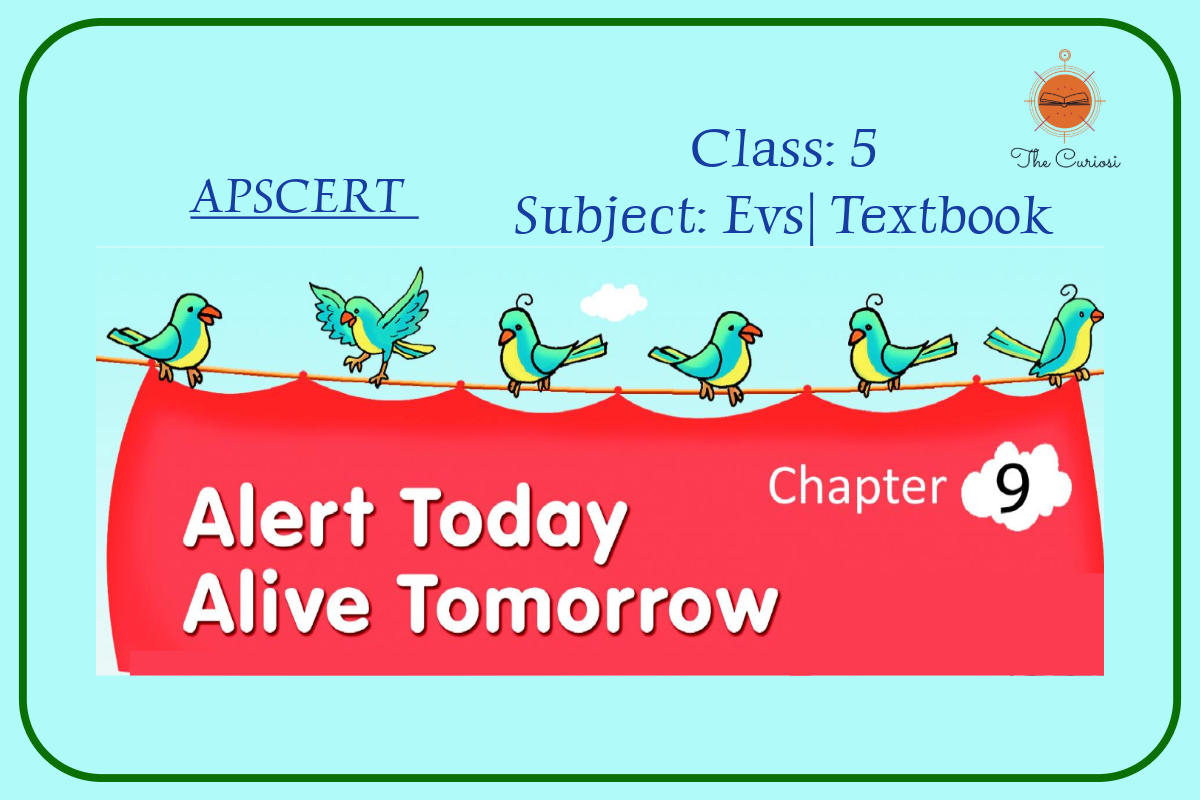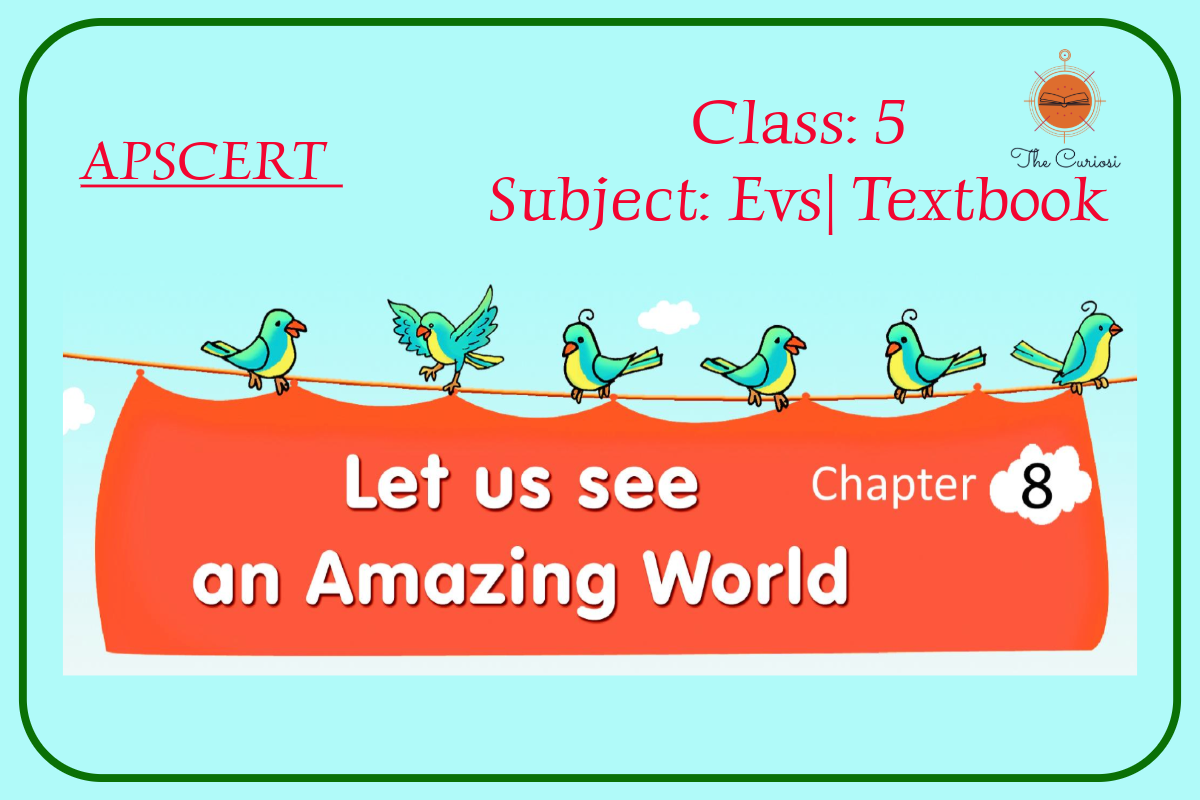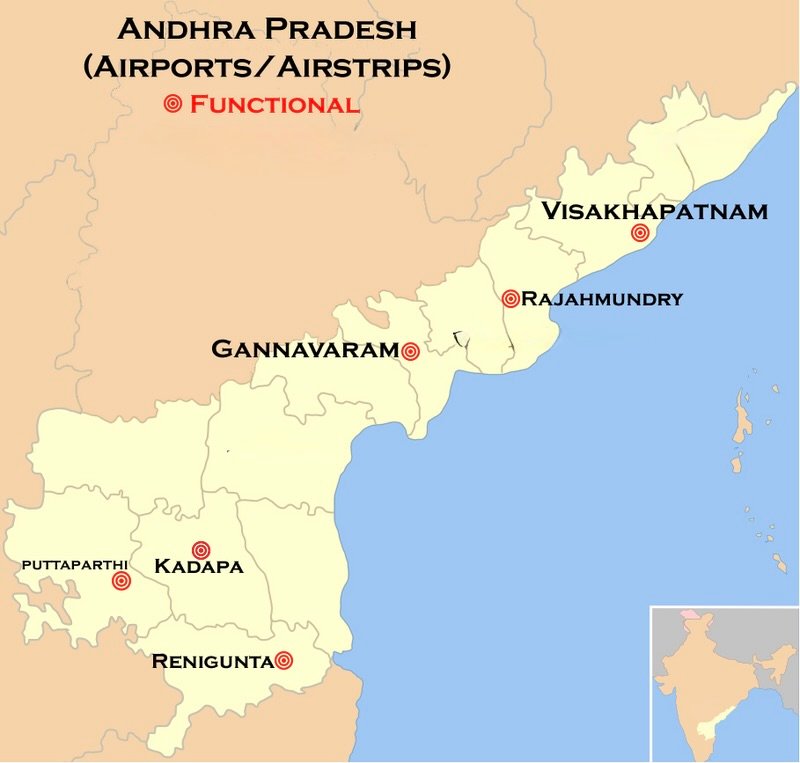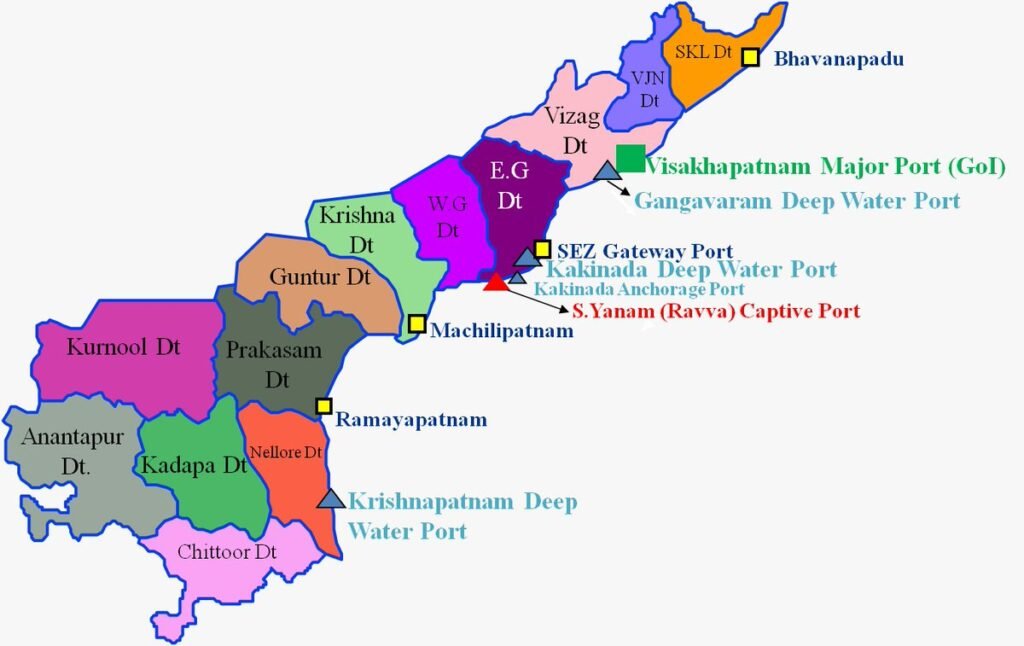Your cart is currently empty!
Category: Textbook

Let us visit | Class 4 | Evs Textbook | Chapter10
Andhra Pradesh | APSCERT
Here are the answers to the “Improve Your Learning” section along with the questions:
I. Conceptual Understanding
1. Name some festivals that you celebrate in your village.
• Some festivals celebrated in my village include Pongal, Diwali, Ugadi, Sankranti, and Holi.
2. Name the national festivals you celebrate in your school.
• National festivals celebrated in my school include Republic Day (January 26), Independence Day (August 15), and Gandhi Jayanti (October 2).
3. What places would you like to visit?
• I would like to visit historical places like the Charminar, Taj Mahal, and Qutub Minar, as well as natural places like waterfalls, hill stations, and wildlife sanctuaries.
II. Questioning and Hypothesis
4. What questions will you ask your teacher to know about the purpose of a bird sanctuary?
• Some questions I would ask my teacher about a bird sanctuary are:
1. What is a bird sanctuary?
2. Why are birds protected in sanctuaries?
3. Can we visit a bird sanctuary?
4. How do birds from different countries come here?
5. How can we help in protecting birds?
III. Experiments and Field Observations
5. Visit the holy places in your village. Write your findings.
• After visiting the holy places in my village, I observed:
1. The temple/mosque/church is an important place for worship.
2. Many people visit these places for prayers and rituals.
3. Special festivals and ceremonies are held there.
4. People maintain cleanliness and follow traditions.
IV. Information Skills and Projects
6. Prepare a list of historical places in your surrounding villages/mandal.
• Some historical places in my surrounding villages/mandal are:
1. Kondapalli Fort
2. Amaravati Stupa
3. Lepakshi Temple
4. Golconda Fort
(I took help from my parents and elders to list these places.)
V. Drawing and Model Making
7. Draw on a chart representing festivals like a lamp for Diwali, a tree for Christmas, and a half moon for Ramzan.
• I can draw a chart with:
1. A lamp for Diwali
2. A Christmas tree for Christmas
3. A crescent moon for Ramzan
VI. Appreciation
8. Have you ever seen a Jatara? What makes you happy in the event?
• Yes, I have seen a Jatara in my village. I enjoy the vibrant atmosphere, the colorful decorations, folk performances, and the variety of food stalls. It is a joyful event where people come together to celebrate.

Alert Today, Alive Tomorrow
Class 5 | Evs Textbook | Chapter 9
Home » Solutions » Class 5 » EVS Textbook Solutions » Chapter 9: Alert Today, Alive Tomorrow
Here are the answers to the “Improve Your Learning” section from the lesson “Alert Today, Alive Tomorrow” for Class 5 EVS
I. Conceptual Understanding
1. Why should we take safety measures?
• Safety measures help prevent accidents and injuries.
• They ensure that people remain safe in daily activities like traveling, working, and playing.
• Following safety measures protects both individuals and society.
2. What is first aid and when is it needed?
• First aid is the immediate care given to an injured or sick person before medical help arrives.
• It is needed in case of accidents, burns, snake bites, fractures, or any emergency to prevent the condition from worsening.
3. Aparna’s grandfather was bitten by a snake. What kind of first aid is suggested to him?
• Keep the affected person calm and still to slow down the spread of venom.
• Do not try to suck out the venom.
• Tie a cloth or bandage lightly above the bite to slow the venom’s spread.
• Take the person to the nearest hospital or call 108 ambulance services immediately.
II. Questioning and Hypothesis
4. What questions would you ask to know more about 108 Services?
• How quickly can 108 services respond to an emergency?
• What types of emergencies does 108 handle?
• What information should we provide while calling 108?
• How does the ambulance team provide first aid before reaching the hospital?
• Is the 108 service available 24/7 in all areas?
III. Experiments and Field-Based Observations
5. Visit an accident spot which is nearby. Find the causes of the accident and record your observations.
• Possible causes of accidents:
• Over-speeding
• Not following traffic signals
• Not wearing helmets or seat belts
• Walking or playing on the road carelessly
• Observations should include:
• The condition of the road (slippery, damaged, crowded)
• Actions of drivers and pedestrians before the accident
• Response time of emergency services
IV. Information Skills and Projects
6. Discuss the precautions to be taken while using fireworks on Diwali.
• Always burst crackers in an open space under adult supervision.
• Keep a bucket of water or sand nearby for emergencies.
• Wear cotton clothes to avoid catching fire.
• Avoid using fireworks near flammable materials.
• Do not relight a firework that did not burst the first time.
V. Drawing Pictures and Model Making
7. Draw a mind map showing precautions we take while traveling on a bus.

• Stand in a queue while boarding.
• Do not push others while getting on or off.
• Hold handrails for support.
• Avoid talking to the driver while he is driving.
• Never put hands or head outside the window.
VI. Appreciation
8. How do you appreciate the services of 108 and 104?
• 108 provides emergency medical services and helps save lives in accidents and medical crises.
• 104 provides medical advice over the phone, helping people access healthcare easily.
• These services are free and available 24/7, making them accessible to all.
• The ambulance staff and medical professionals work hard to save lives, so they deserve our respect and gratitude.

Let Us See an Amazing World
Andhra Pradesh | APSCERT
Home » Solutions » Class 5 » EVS Textbook Solutions » Chapter 8: Let Us See an Amazing World
Here are the answers to the “Improve Your Learning” section from the lesson Let Us See an Amazing World (Class 5 EVS)
I. Conceptual Understanding
1. Name the means of transport used to travel abroad.
• Airways: Aeroplanes, helicopters.
• Waterways: Ships, cargo ships, ferries.
2. Why do people travel abroad?
People travel abroad for various purposes, such as:
• Business: To trade and expand their business.
• Employment: To work in other countries.
• Education: To pursue higher studies.
• Tourism: To visit famous places.
• Sports: To participate in international games and championships.
3. Explain the terms import and export.
• Import: Buying goods from another country. Example: India imports Kiwi, Durian fruit, and Dragon fruit from other countries.
• Export: Selling goods to another country. Example: India exports mangoes, bananas, and pomegranates to foreign countries.
II. Questioning and Hypothesis
4. What type of questions would you like to ask your mother about the availability of apples in your village?
• Where do the apples in our village come from?
• Are apples grown in our village or imported from other places?
• How do apples reach the local market?
• Why do apples cost more than some other fruits?
• Are there any varieties of apples available?
III. Experiments and Field Observations
5. Visit a nearby paddy field and observe the process of exporting paddy, then prepare a report.
(Students should visit a local paddy field and observe the process. Example report:)
• Farmers grow paddy and harvest it when the grains are ready.
• After harvesting, the paddy is sent to mills for processing.
• Some of the paddy is kept for local use, while the extra paddy is packed in bags and sent to nearby cities.
• Large quantities of paddy are transported by trucks and ships to other countries for export.
6. Collect information about important tourism places around your village or town and prepare an album.
(Students should collect pictures and details of tourist spots. Example:)
• Tirupati Temple: Famous pilgrimage site.
• Lepakshi Temple: Historical site with ancient sculptures.
• Borra Caves: Beautiful natural caves.
• Lambasingi: Known as Andhra Kashmir for its cold climate.
IV. Drawing Pictures and Model Making
7. Identify and label different sea ports and airports on the map of Andhra Pradesh.
Major Airports in Andhra Pradesh:
• Visakhapatnam International Airport
• Vijayawada Airport
• Tirupati Airport
• Rajahmundry Airport

Major Sea Ports in Andhra Pradesh:
• Visakhapatnam Port
• Krishnapatnam Port
• Kakinada Port
• Gangavaram Port

V. Appreciation
8. What are the advantages of an airport?
• Fastest mode of transport for long distances.
• Helps people travel internationally for business, education, and tourism.
• Allows quick delivery of goods and cargo between countries.
• Supports economic growth by increasing trade and tourism.
• Provides employment opportunities for many people.

